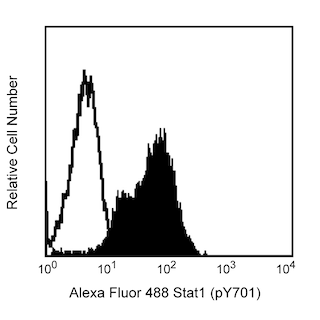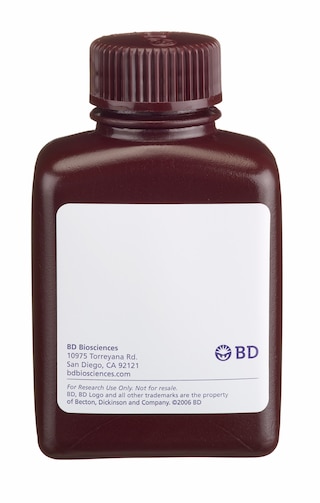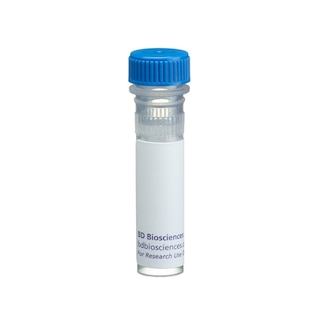-
Reagents
- Flow Cytometry Reagents
-
Western Blotting and Molecular Reagents
- Immunoassay Reagents
-
Single-Cell Multiomics Reagents
- BD® OMICS-Guard Sample Preservation Buffer
- BD® AbSeq Assay
- BD® OMICS-One Immune Profiler Protein Panel
- BD® Single-Cell Multiplexing Kit
- BD Rhapsody™ ATAC-Seq Assays
- BD Rhapsody™ Whole Transcriptome Analysis (WTA) Amplification Kit
- BD Rhapsody™ TCR/BCR Next Multiomic Assays
- BD Rhapsody™ Targeted mRNA Kits
- BD Rhapsody™ Accessory Kits
-
Functional Assays
-
Microscopy and Imaging Reagents
-
Cell Preparation and Separation Reagents
-
- BD® OMICS-Guard Sample Preservation Buffer
- BD® AbSeq Assay
- BD® OMICS-One Immune Profiler Protein Panel
- BD® Single-Cell Multiplexing Kit
- BD Rhapsody™ ATAC-Seq Assays
- BD Rhapsody™ Whole Transcriptome Analysis (WTA) Amplification Kit
- BD Rhapsody™ TCR/BCR Next Multiomic Assays
- BD Rhapsody™ Targeted mRNA Kits
- BD Rhapsody™ Accessory Kits
- United States (English)
-
Change country/language
Old Browser
This page has been recently translated and is available in French now.
Looks like you're visiting us from {countryName}.
Would you like to stay on the current country site or be switched to your country?






Western Blot analysis of Oct3/4 Isoform A in human embryonic stem (ES) cells. Lysate from H9 human ES cells (WiCell,Madison, WI) grown in mTESR™1 medium (StemCell Technologies) on BD Matrigel™ hESC-qualified Matrix (Cat. No. 354277) (15 µg/lane) was probed with Purified Mouse anti-Oct3/4 (Human Isoform A) monoclonal antibody at 0.125 (lane 1), 0.06 (lane 2), and 0.03 (lane 3) μg/ml. Oct3/4A is identified as a band of 46 kDa.

Immunofluorescent staining of Oct3/4 Isoform A in human embryonic stem (ES) cells. H9 human ES cells (WiCell, Madison, WI) passage 33 grown on irradiated mouse fibroblasts were fixed with BD Cytofix™ fixation buffer (Cat. No. 554655), permeabilized, and stained with Purified Mouse anti-Oct3/4 (Human Isoform A) monoclonal antibody (pseudo-colored green) at 0.06 µg/mL. The second-step reagent was AlexaFluor® 488 goat anti-mouse Ig (Life Technologies), and cell nuclei were counter stained with Hoechst 33342 (pseudo-colored blue). The images were captured on a BD Pathway™ 435 Cell Analyzer and merged using BD Attovision™ Software. The cells were permeabilized with BD™ Phosflow Perm Buffer III (Cat. No. 558050); 1x BD Perm/Wash™ Buffer (Cat No. 554723) is also suitable for permeabilization.


BD Pharmingen™ Purified Mouse anti-Oct3/4 (Human Isoform A)

BD Pharmingen™ Purified Mouse anti-Oct3/4 (Human Isoform A)

Regulatory Status Legend
Any use of products other than the permitted use without the express written authorization of Becton, Dickinson and Company is strictly prohibited.
Preparation And Storage
Product Notices
- Since applications vary, each investigator should titrate the reagent to obtain optimal results.
- Please refer to www.bdbiosciences.com/us/s/resources for technical protocols.
- Caution: Sodium azide yields highly toxic hydrazoic acid under acidic conditions. Dilute azide compounds in running water before discarding to avoid accumulation of potentially explosive deposits in plumbing.
- Sodium azide is a reversible inhibitor of oxidative metabolism; therefore, antibody preparations containing this preservative agent must not be used in cell cultures nor injected into animals. Sodium azide may be removed by washing stained cells or plate-bound antibody or dialyzing soluble antibody in sodium azide-free buffer. Since endotoxin may also affect the results of functional studies, we recommend the NA/LE (No Azide/Low Endotoxin) antibody format, if available, for in vitro and in vivo use.
Companion Products




Development of a multicellular organism from a single fertilized egg is regulated by the coordinated activity of DNA transcription factors. Oct3/4, a member of the POU family of transcription factors, functions in pluripotent cells of early embryonic stem (ES) cell lines and embryonal carcinomas (EC). The human POU5F1 gene can encode various splice variants, two of which are Oct3/4A and Oct3/4B. Both isoforms share identical POU DNA-binding and C-terminal domains but differ in their N-terminal domain. The N-terminal domain of Oct3/4B is inhibitory to the DNA binding domain and therefore cannot stimulate transcription of Oct3/4-dependent genes. Oct3/4B can be detected in both pluripotent and some differentiated cell types in both the nucleus and cytoplasm, but its function is unclear. There is not an equivalent to Oct3/4B in mouse. Oct3/4A is expressed in the nucleus and has been demonstrated to orchestrate the transcription of Oct3/4-dependent genes. It has been demonstrated that the expression of Oct3/4 isoforms can vary greatly in different cell types, and discrimination of these is crucial for assessing Oct3/4 expression and function. The O50-808 monoclonal antibody recognizes human Oct3/4 Isoform A and mouse Oct3/4.
Development References (6)
-
Nishimoto M, Fukushima A, Okuda A, Muramatsu M. The gene for the embryonic stem cell coactivator UTF1 carries a regulatory element which selectively interacts with a complex composed of Oct-3/4 and Sox-2. Mol Cell Biol. 1999; 19(8):5453-5465. (Biology). View Reference
-
Okamoto K, Okazawa H, Okuda A, Sakai M, Muramatsu M, Hamada H. A novel octamer binding transcription factor is differentially expressed in mouse embryonic cells. Cell. 1990; 60(3):461-472. (Biology). View Reference
-
Pan G, Thomson JA. Nanog and transcriptional networks in embryonic stem cell pluripotency. Cell Res. 2007; 17:42-49. (Biology). View Reference
-
Rosfjord E, Scholtz B, Lewis R, Rizzino A. Phosphorylation and DNA binding of the octamer binding transcription factor Oct-3. Biochem Biophys Res Commun. 1995; 212(3):847-853. (Biology). View Reference
-
Vigano MA, Staudt LM. Transcriptional activation by Oct-3: evidence for a specific role of the POU-specific domain in mediating functional interaction with Oct-1. Nucleic Acids Res. 1996; 24(11):2112-2118. (Biology). View Reference
-
Yuan H, Corbi N, Basilico C, Dailey L. Developmental-specific activity of the FGF-4 enhancer requires the synergistic action of Sox2 and Oct-3. Genes Dev. 1995; 9(21):2635-2645. (Biology). View Reference
Please refer to Support Documents for Quality Certificates
Global - Refer to manufacturer's instructions for use and related User Manuals and Technical data sheets before using this products as described
Comparisons, where applicable, are made against older BD Technology, manual methods or are general performance claims. Comparisons are not made against non-BD technologies, unless otherwise noted.
For Research Use Only. Not for use in diagnostic or therapeutic procedures.